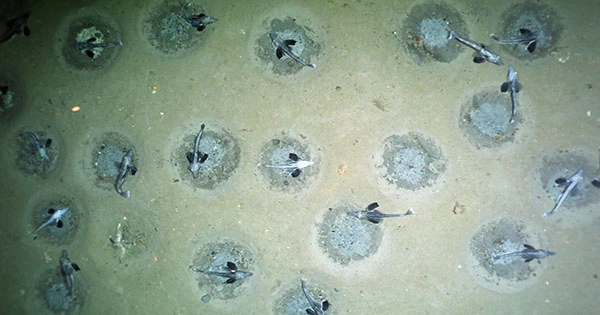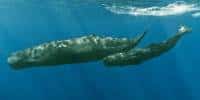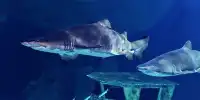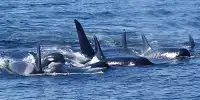It is a well-known fact that we know less about the ocean floor than we do about the Moon’s surface, but that does not make it any less astonishing when ocean scientists discover unusual sights beneath the waves. Recently, a research team discovered the world’s largest fish spawning habitat known to date beneath the Filchner Ice Shelf in the southern part of the Antarctic Weddell Sea. The discovery, which was published in the journal Cell, was made possible by a towed camera system directed by the German research vessel Polarstern, which papped the Glastonbury of icefish species Neopagetopsis ionah nesting places.
The nesting ground, which spanned a piece of the seafloor nearly the size of Malta, contained one breeding site per 3 square meters on average (32.3 square feet). That is one impressive crèche. As far as ocean organisms go, icefish have evolved to have protein-based antifreeze in their blood (which is white and near-see-through, by the way). It is the only vertebrate known to be devoid of hemoglobin-containing red blood cells, which are responsible for our vibrant red blood juice.
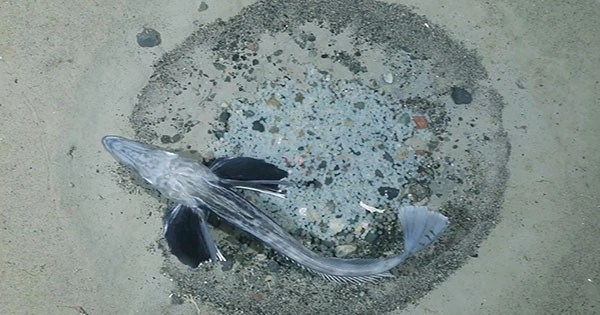
According to the Polarstern’s measurements, the nesting ground’s population is estimated to be over 60 million, suggesting that the location is critical for the species and a maritime habitat worth protecting. The European Union and the International Commission for the Conservation of Antarctic Marine Living Resources (CCAMLR) have been considering establishing a Marine Protected Area here since 2016, although it has yet to implement. In a statement, the main author Autun Purser, a deep-sea biologist at the Alfred Wegener Institute, Helmholtz Centre for Polar and Marine Research (AWI), said, “The concept that such a big spawning area of icefish in the Weddell Sea was previously undetected is utterly interesting.”
Purser’s feelings are understandable when you consider that the AWI has been scanning this stretch of the Weddell Sea for the past 40 years, and only small clusters of icefish breeding sites have been discovered during that time. So, why are you here? The team behind the discovery was able to determine that the breeding site bonanza coincided with an inflow of warmer deep water from the Weddell Sea that swoops up onto the nesting ground shelf using oceanographic and biological data. The biomass of the colony is believed to be approximately 60 thousand tons, with each active nest having between 1,000 and 2,000 eggs and many adults staying around to defend them.
This could explain why the resource-rich location is also a hotspot for Weddell seals on the hunt (which make cool spaceship sounds). As a result, the spectacular nesting site, which is possibly the most spatially extensive contiguous fish breeding colony ever documented on Earth, ranks first among noteworthy breeding locations. As so, it provides a compelling case for the creation of a Marine Protected Area (MPA).
The Polarstern crew was able to study the ecosystem without disrupting it thanks to non-invasive technology created by a team led by AWI Director and deep-sea scientist Professor Antje Boetius – who was not directly engaged in the nesting ground find. “Given how little is known about the Antarctic Weddell Sea, worldwide attempts to establish a Marine Protected Area (MPA) are all the more important,” added Boetius. “Unfortunately, the Weddell Sea MPA has yet to be unanimously endorsed by CCAMLR. However, given that the location of this unique breeding colony has been identified, Germany and other CCAMLR members should ensure that no fishing and only non-invasive research is conducted there in the future.”
